BY LINCOLN ANDERSON | In a blistering verdict on Mayor de Blasio’s Soho/Noho upzoning plan, Community Board 2 on Monday night voted nearly unanimously to reject the embattled scheme.
Every board member except one voted “yes” to approve a hard-hitting resolution that declared the plan unacceptable, saying it would open the floodgates in Soho and Noho to salivating developers and commercial interests. Although the city’s plan includes provisions for affordable housing for 25 percent of potential new units, there is no guarantee that any affordable housing would actually ever be built, the board said.
As one longtime local resident testified at the start of the meeting, “They are targeting Soho and Noho because they smell money, folks.”
In its resolution, C.B. 2 said it rejects the mayor’s plan “because it fails to meet its stated goals,” notably of creating affordable housing. Like other of the plan’s critics, the board says the rezoning is riddled with loopholes.
“The mayor’s plan is unlikely to produce any affordable housing, while being falsely presented as a proposal to expand affordable housing, and instead incentivizes commercial and dormitory uses [such as by N.Y.U.],” the resolution states. “The city admits that there is zero guarantee that any affordable housing units will be created as a result of the proposed plan. … In fact, the mayor’s plan will likely result in a net reduction of the number of affordable housing units.” (Emphasis the community board’s.)
As Anita Brandt, the chairperson of the C.B. 2 Soho/Noho Working Group, stated, “The plan is based on a faulty premise.”
C.B. 2 says the rezoning plan — despite its call for Mandatory Inclusionary Housing — would, in fact, incentivize the demolition of existing low-rise buildings and the displacement of rent-stabilized tenants in at least 185 buildings, resulting in a net loss of affordable units, especially in the rezoning area’s southeastern corner in Chinatown.
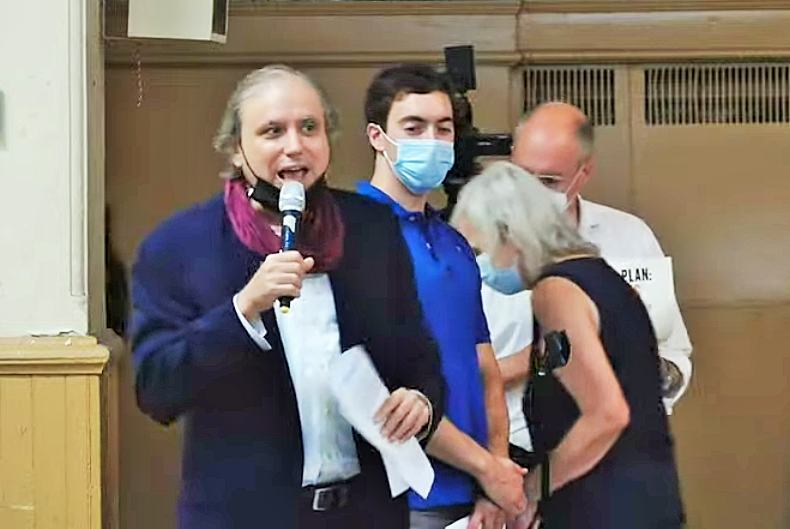
“[The rezoning] fails to achieve its affordable housing objectives and fails to protect against displacement of low-income tenants,” C.B. 2 says in its resolution.
Most at risk of displacement would be Chinatown residents, seniors aging in place, rent-regulated tenants and those protected by the Loft Law, according to the board.
The city’s plan, by allowing “massive increases” in allowable square footage, would erase the “historic” from the various historic districts that comprise Soho and Noho, the resolution further states. Currently, the proposed rezoning area’s F.A.R. (floor area ratio) is 5, but, under the plan, this would be increased by as much as to 12 — the maximum possible F.A.R. allowed under New York State law.
Yet, more than three-quarters of the rezoning area is landmarked as part of historic districts. This would be the first upzoning ever allowed in a designated New York City historic district, which is an ominous signal that this could also happen in other historic districts, according to preservationists.
“This F.A.R. increase incentivizes the demolition of existing buildings in the six historic districts that give these neighborhoods their defining character and that comprise over 80 percent of the rezoning area, in Chinatown and the adjacent neighborhoods,” the board’s resolution states.
In turn, C.B. 2 says, these proposed increased allowances “would send a signal to the Landmarks Preservation Commission that much larger development should be approved, and give developers a greater incentive to seek permission to demolish.”
Board 2 also faults the fact that L.P.C. was not consulted or included during the community engagement process for the plan — even though it would ultimately be the city agency granting permission for demolition and construction within the historic districts.
Another major problem with the rezoning, in the view of C.B. 2, is the city’s proposed “mechanism” for converting manufacturing-zoned Joint Live-Work Quarters for Artists lofts to residential use. Basically, the city would impose a burdensome flip tax on owners, a $100-per-square-foot conversion fee, which the community board calls “punitive.” If a co-op or condo board decided to convert their building to residential, J.L.W.Q.A. occupants would have no choice but to pay the flip tax.
Furthermore, under the plan, this flip tax would then be funneled into a nebulous “arts fund” that C.B. 2 slams as “ill conceived.” One local resident warned this revenue would be a “political slush fund.”
In addition, over all, the mayor’s Soho/Noho plan has been rushed, C.B. 2 says, and “is designed to coincide with the last days of Mayor de Blasio’s administration and prevents input from the incoming mayor and City Council. The plan, conceived during the depths of the COVID-19 pandemic, cannot take into account post-pandemic changes in live-work and usage of commercial space.”
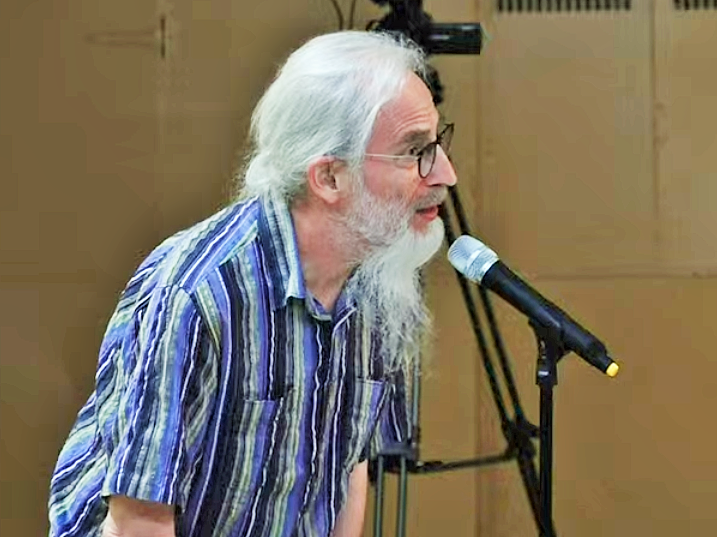
Furthermore, while the mayor’s plan anticipates developers would target 26 “project sites,” C.B. 2 says the true number really should be 58. The board notes that the project’s draft environmental impact statement (D.E.I.S.) does not play up these additional sites since it “randomly assumes” that, if the plan is approved, they would not be developed until more than a decade later.
In addition, City Planning barely reached out to the Chinatown community about the rezoning scheme, the resolution charges. During Monday’s meeting, Antony Wong, a C.B. 2 Executive Committee member, noted there was one outreach meeting in Chinatown but only one person went — his own mother and only because he told her to go.
“The city continues to marginalize the residents of Chinatown by utterly failing to directly outreach to [its] residents…even though 43 percent of the new housing development is projected for Chinatown,” the board’s resolution notes.
C.B. 2 previously weighed in on the city’s rezoning proposal with a 40-page document of its own, however, to no effect.
As Jeannine Kiely, the board’s chairperson, noted, “The plan is virtually unchanged from what the city put forth last October.”
Two politicians currently in office attended the meeting, Assemblymember Deborah Glick and Borough President Gale Brewer. Although Councilmember Margaret Chin, who represents Soho, did not attend, Alan Gerson, who formerly represented District 1, did. So did Christopher Marte, the Democratic nominee in the upcoming District 1 election in November.
Glick gave scathing comments against both the Department of City Planning and the mayor.
“I feel the Department of City Planning has done literally nothing to accommodate J.L.W.Q.A., the people who created the neighborhood,” she said. “It is shameful and it is deeply disturbing. This artists fund proposal is a joke and a scam,” she added.
“It matters. It matters a lot,” Glick said. “‘The arts are vital to New York City. It is more important than our sports teams. The arts are the bedrock of what keeps New York going. Trying to ram this [rezoning] through at the end, in the waning days of one of the worst mayoralities, is upsetting.”
Glick said “the only good thing” de Blasio has done was implementing universal pre-K.
Brewer, for her part, noted that, as part of the city’s ULURUP public-review process for the rezoning proposal, her office has until the end of August to respond. Brewer also will reportedly hold a public hearing on the rezoning, though she is not required to.

After Brewer weighs in on the plan, the Department of City Planning hearing could happen as soon as September, as the de Blasio administration is hell-bent on getting the embattled rezoning passed before the mayor is term-limited out of office at the end of the year.
Former Councilmember Gerson, who is an executive committee member of the Sierra Club’s local chapter, said the leading environmental organization “unequivocally opposes” the Soho/Noho rezoning. The plan would be “an unmitigated environmental disaster,” he stated, noting such reasons as “excessive density beyond any reasonable scale, no assurance of carbon neutrality [or] transportation infrastructure upgrade” and noise and dust from all the construction that would be unleashed on the neighborhood.
Marte, who won the Democratic primary for Council District 1 last month, also spoke out strongly against the rezoning.
“Everybody that lives in this community opposes this plan,” Marte said. “Thank you to the community board for speaking for our community because right now our councilmember and the mayor do not.”
Former Councilmember Kathryn Freed, who represented the district before Gerson and who endorsed Marte in the primary, also opposes the Soho/Noho rezoning, Marte noted. The current councilmember, Chin, backs the rezoning.
Allie Ryan, who is running for City Council as an independent in District 2, which includes the East Village and a part of the rezoning area, also testified against the scheme.
“We need affordable home ownership opportunities for working people,” she said.
As usual, the young “bros” from Open New York — a known front for real estate interests — showed up to testify in favor of the Soho/Noho rezoning.
“I find the resolution incredibly disheartening,” said Will Thomas, the group’s executive director, noting that Soho and Noho are “two of the whitest and wealthiest neighborhoods in the city.”
Dan Miller, another Open New York member, scoffed that the C.B. 2 resolution was “obviously in bad faith.”
“If it’s not Soho, then who is it [that will provide affordable housing]?” he asked. He demanded that the community accept some negative “tradeoffs,” like “shadows and loss of community character,” which are mentioned in the C.B. 2 resolution, in order to increase affordable housing.
Showing that the opponents’ critiques of the plan have been effective, though, the Open New Yorkers now say they think that the allowable “commercial density” in the plan should be lowered. Opponents charge that the rezoning could easily just spark a wave of high-rise commercial development for things like offices, hotels and university dorms, without providing any affordable housing.
Local residents, echoing the C.B. 2 resolution, said that the rezoning would only make the area less diverse. They said they welcome more affordable housing — just not overdevelopment for luxury dwellings.
Stefanie Batten Bland, a choreographer and filmmaker of color, noted she was a second-generation Soho artist, the daughter of a jazz musician and a science writer.
“Here is some color they can look at,” she said, as she took the microphone. “If there’s color seeping out of the neighborhood, it’s because of the way we have allowed the neighborhood to gentrify. I saw families pack up and leave here [when I was] in middle school.”
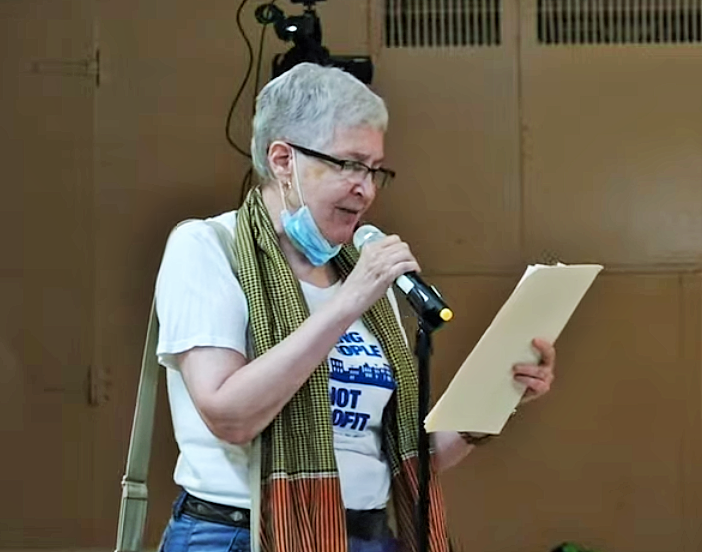
Summing up residents’ sentiment, Renee Monrose, an artist and photographer who has lived in Soho for 30 years, put it bluntly.
“This is a plan that will guarantee not one unit of affordable housing,” she said. “It’s nothing but a developer’s wet dream.”
“This plan is not about affordable housing,” echoed Anita Isola, a lifelong Soho resident. “The affordable housing is an excuse. [This plan] will destroy affordable housing.”
“Tell them to bring us more affordable housing without the tall towers,” said Thomas Gallo.
“We need affordable housing,” said Brendon Fitzgerald. “We need it to be funded by the government, national, state, local.”
Vincent Cao, a Bowery resident, spoke with the help of a Chinese-to-English translator.
“Basically, we think the community is being lied to and investment money is trying to take over,” he said, adding he was opposed to “the heights” that the plan would allow.
Cao said, even as of now, low-income Asian residents are already being pushed out of the area.
Robert Webber said the rezoning would “fill what is left of our sky with unused luxury development and unlimited N.Y.U.”
While the city and groups like Open New York try to portray all Soho and Noho residents as wealthy, many of them are not. And many of the wealthy types are nonartists who moved into the specially zoned area while the city looked the other way and failed to enforce the districts’ special artists-only residential zoning.
Hank Dumbrowksy, for example, said he lives in a modest 11-foot-by-27-foot, rent-controlled apartment at Spring and Lafayette Sts. A member of the steering committee of the Cooper Square Committee, he said that if the rezoning plan is passed, “600 to 1,000 rent-regulated units would go under attack.”
In addition to Cooper Square Committee, a number of other affordable-housing groups are on record opposing the Soho/Noho rezoning, including the Chinatown Working Group, Met Council on Housing, New York City Loft Tenants and Tenants PAC.
Connie Murray, another resident, slammed groups like Open New York for cynically using race as a wedge to try to ram the pro-development plan into Soho and Noho.
“This room has been misrepresented as a bunch of Ku Klux Klan members who want to keep people out of the neighborhood,” she objected. “They just want to stay in their homes.”
Meanwhile, Murray said, the relatively small-sized apartments the developers likely would build would not be for families but for “a certain transient professional population.”
In addition, longtime residents who moved into Soho in the 1970s, when it was “a slum” as one of them recalled, said the proposed flip tax would wipe out their nest eggs and income. One man said the tax would take an entire year of his Social Security payments. The other said the flip tax would make it hard for him to sell and relocate to Florida if he wanted to, for example.
Meanwhile, some at the meeting spoke in favor of the Community Alternative Zoning Plan for Soho and Noho, which was created by Village Preservation. The alternative plan would create more deeply affordable housing than in the city’s plan but without upzoning.
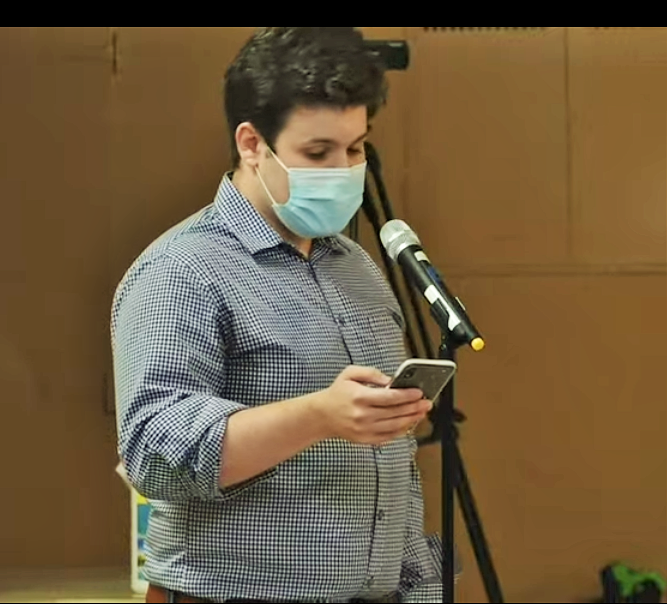
In a statement after the meeting, Andrew Berman, Village Preservation’s executive director, said, “We’re deeply gratified that Community Board 2 has overwhelmingly rejected this sham plan, concretely identifying the many deep flaws and false premises of the proposal. They are joined by a long and growing list of affordable housing and tenant groups, environmentalists, Chinatown groups, neighborhood groups, arts groups, the likely next councilmember for this district and preservationists who reject this developer giveaway being rammed through the process in the dying days of the de Blasio administration.
“New Yorkers are seeing it for what it is — payback from the mayor to the big real estate interests who’ve supported his campaign throughout his mayoralty and bought into his administration’s pay-to-play M.O.,” Berman said.
“This plan would destroy these neighborhoods, destroy affordable housing, displace long-term lower-income, senior, and Asian-American residents and eviscerate the artistic quality of these neighborhoods,” he said. “And the real impacts of the mayor’s bait-and-switch plan won’t be felt until he’s long out of office and able to be held accountable.
“We’re glad the community board has taken a leadership role in standing up to the mayor and big real estate; now we’ll see if the borough president and our city councilmembers will do the same.”
Correction: The original version of this article said that City Council candidate Allie Ryan supports the mayor’s Soho/Noho rezoning plan and is running for Council in District 3. However, she is against the plan and is running in District 2.

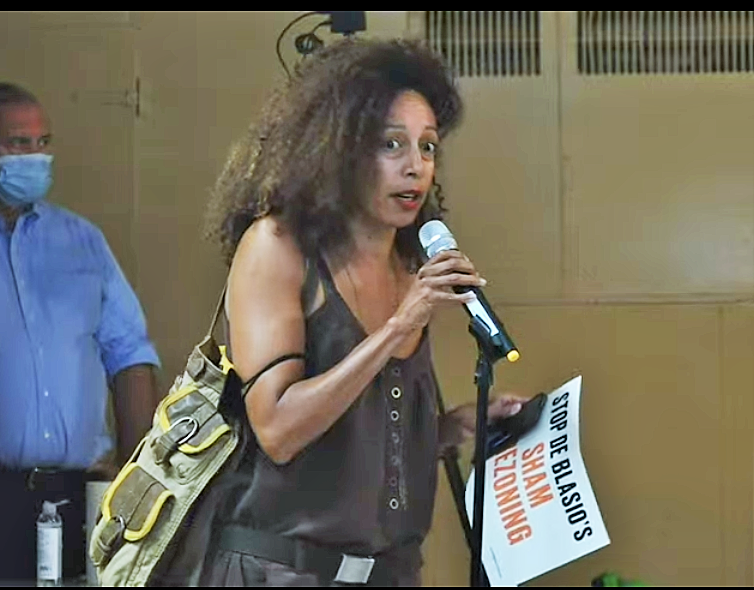
I guess that I wasn’t clear, I OPPOSE the SoHo/NoHo upzoning plan and I’m advocating for more affordable homeownership and that the City needs to acknowledge that the working artists of SoHo/NoHo are small business owners. We need more J.L.W.Q.A., aka artist lofts.
I am also running for City Council District 2! (Go Neighborhood Party!)
Thanks for the clarification, Allie!
hooray for the true moral compass of CB2…..articulate & inclusive!